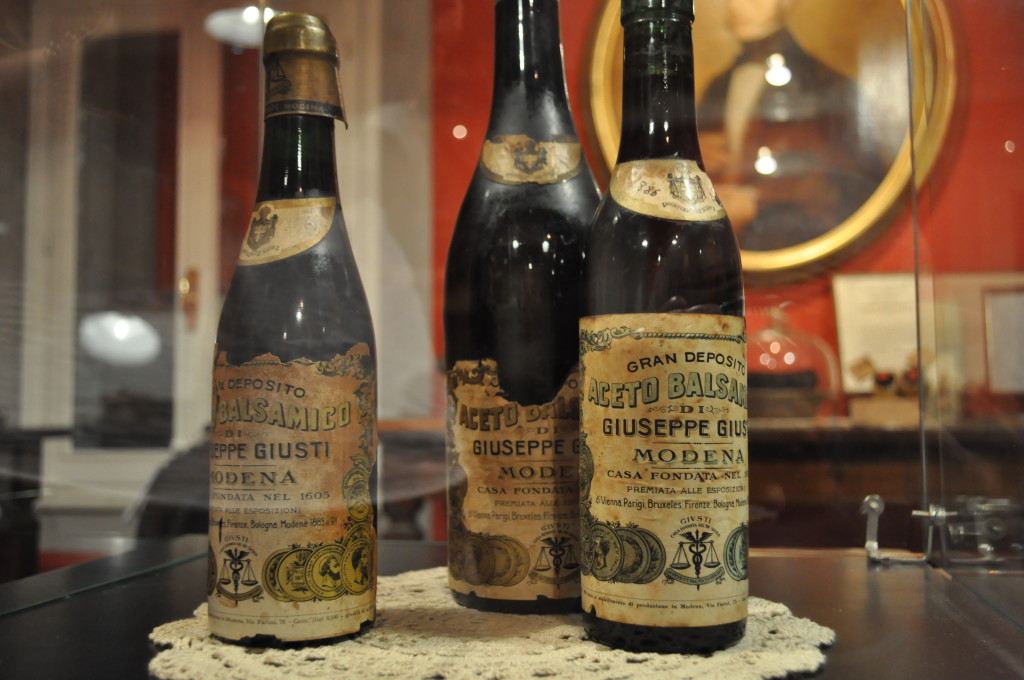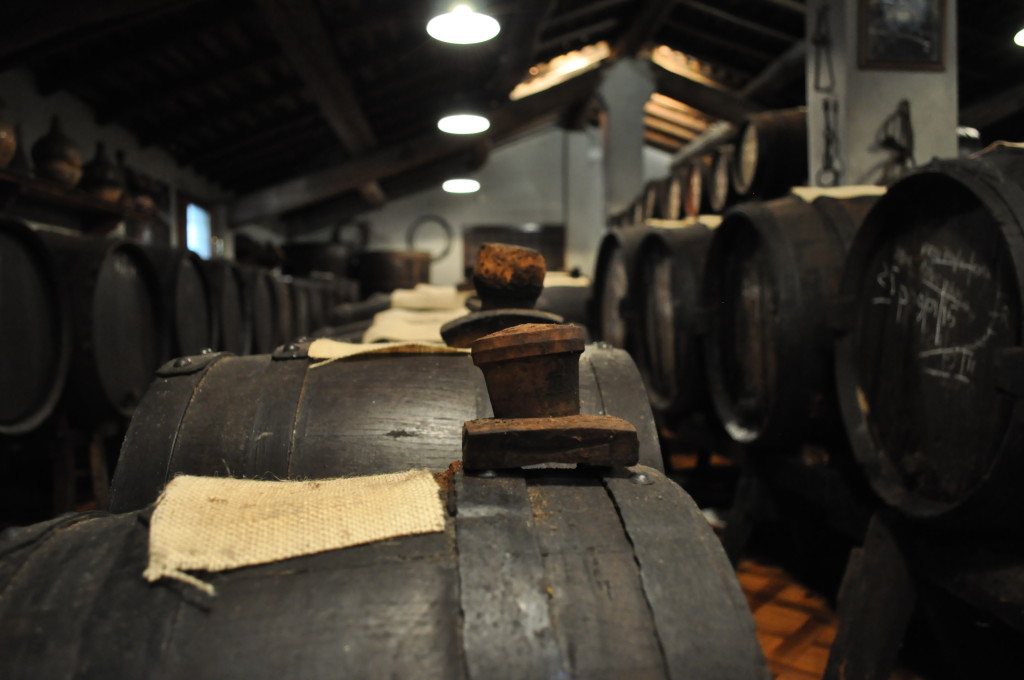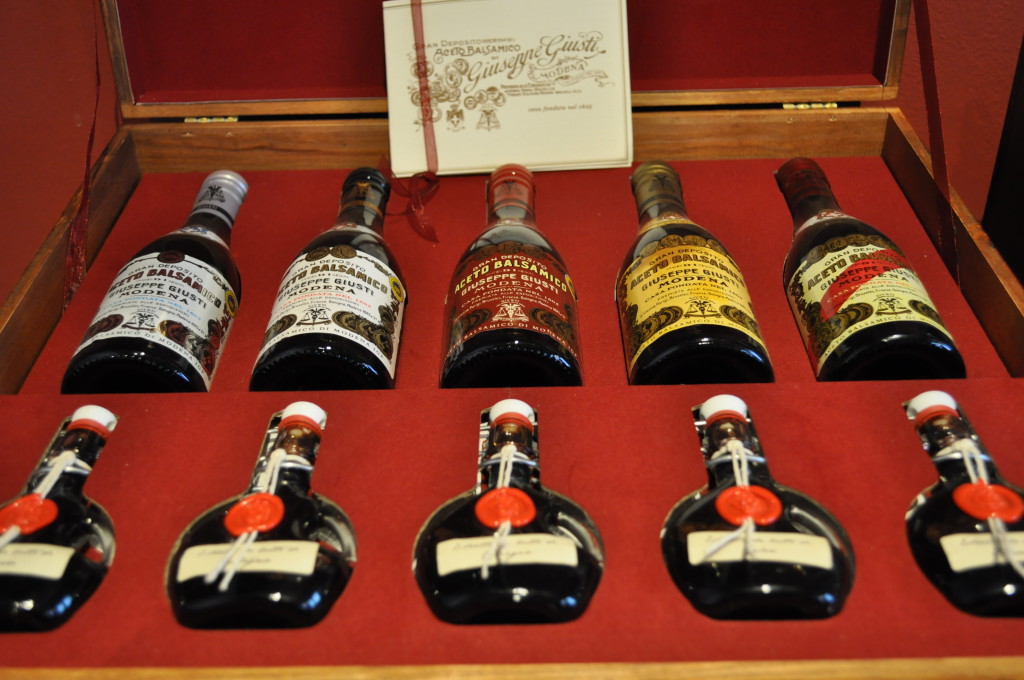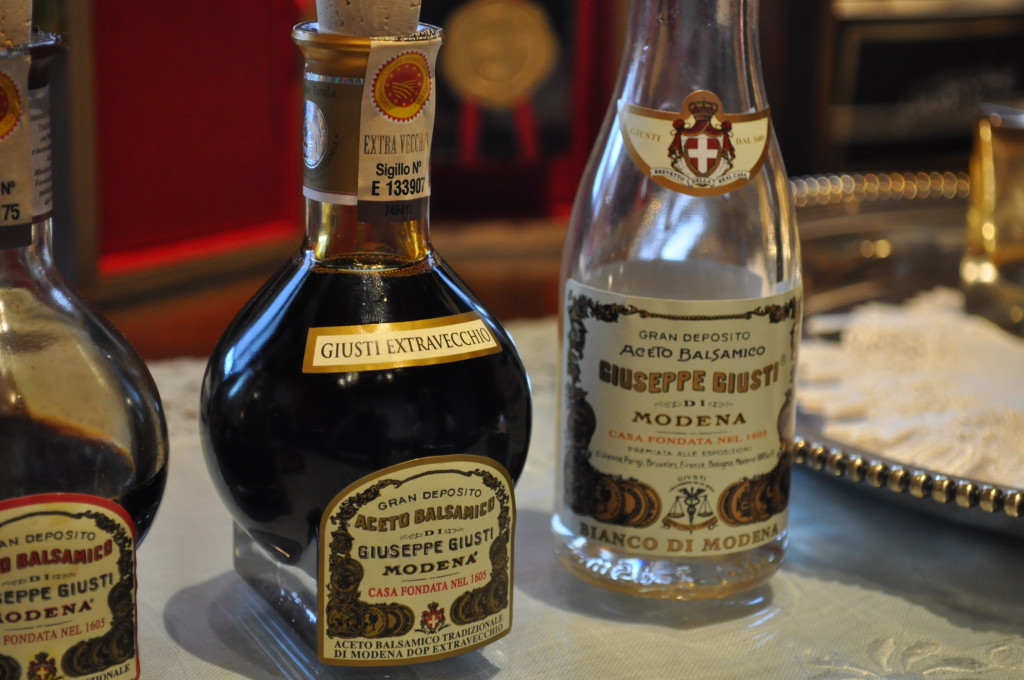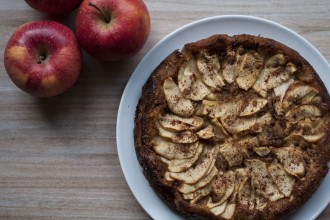This April I turned 30, and here It comes the project Gourmet30, a travel discovering Italian delights and typical products during the year of my 30th birthday.
Those who followed me on Instagram already have an idea of the roadtrip we had during two weeks, but here I will share everything I learnt about products, manufacturers, Italian regions and typical dishes.
The Balsamic Vinegar in Modena was our first stop-over.
Modena is a Mecca for gourmets: Balsamic Vinegar, Parmesan and the Michelin constellation, mainly with Massimo Bottura, make this area a carnival for foodies.
I chose to visit a company I met this year during the Taste of Florence: Acetaia Giusti.
It is the most ancient Balsamic Vinegar producer in Modena and also present in “Discover Ferrari and Pavarotti Land”, a discovery tour of the area of Modena, focused on its delights, in addition to the Ferrari Museum and the house of Luciano Pavarotti.
 After some difficulties in finding the address, we finally arrived in Lesignana country, in Modena, where Acetaia Giusti has its headquarters. Claudia welcomed us, the girl who have been the guide in this tour.
After some difficulties in finding the address, we finally arrived in Lesignana country, in Modena, where Acetaia Giusti has its headquarters. Claudia welcomed us, the girl who have been the guide in this tour.
Acetaia Giusti represents the memory and the history of Balsamic Vinegar of Modena; producer officially registered since 1605, but they had been already into the businnes since the previous century. At the beginning, they managed a “locanda”, which was a restoring place where they offered travellers typical dishes and their balsamic vinegar. This “locanda” was in Via Farini in Modena, and it still exists, but belongs to other owners.
As other acetaie in Modena, they produce both the precious Traditional Balsamic Vinegar of Modena DOP and the Balsamic Vinegar IGP. These products differ in ingredients, aging method and aging time.
From the first museum-like room, we moved to the attic where we found the “batterie” (series of barrels) dedicated to Traditional Balsamic Vinegar of Modena DOP. Here below some information Claudia gave us about it:
– the aging process happen in a “batteria”: a group of barrels, made of different woods and of decreasing sizes;
– only local grapes (like Trebbiano, Lambrusco, etc.) can be used and they have to be cooked on a low heat for one day;
– the juice you get, the cooked must, will be put into a “badessa”, a wooden vat, where it will rest for one year;
– the barrels of the “batterie” are never empty, since each year they are refilled with a 20% of the liquid coming from the next biggest barrel. The first barrel of the “batteria”, which is the largest in the group, will be replenished with the cooked must from the “badessa” (Method “dei rincalzi e dei travasi”)
– the barrels don’t have to be completely full, nor closed, since the oxygen plays a fundamental role
– the best room for aging Balsamic Vinegar is the attic, where there are the biggest fluctuations of temperatures; summer humidity helps a lot the evaporation and the sugar concentration.
The European Law establishes that the minimum aging period is 12 years for the “Affinato” and 25 years for “Extra Vecchio”. The Traditional Balsamic Vinegar can be bottled only by the “Consorzio di Tutela dell’Aceto Tradizionale di Modena”, the institution that is in charge to check the quality.
Balsamic Vinegar IGP is completely another story.
Basically it’s cooked must plus wine vinegar or balsamic vinegar, plus a rate of vinegar that has been aged at least 10 years. The Balsamic Vinegar IGP should reach a 6% acidity and the minimum aging period in barrels is 2 months. In case the aging period is extended over 3 years, it can labelled “Invecchiato”.
The rules established by the Law are flexible and therefore you can find products very different in quality. Adding more wine vinegar, you can bottle sooner, but the quality will be affected. Moreover, it can be added until a 2% of caramel, to balance the colour.
Acetaia Giusti presents five types of IGP; the most aged one follows the same aging method (“metodo dei ricalzi e dei travasi”) of DOP, while the other four quality rest in one single wooden barrel. The smaller the barrel is, the better quality the vinegar will have.
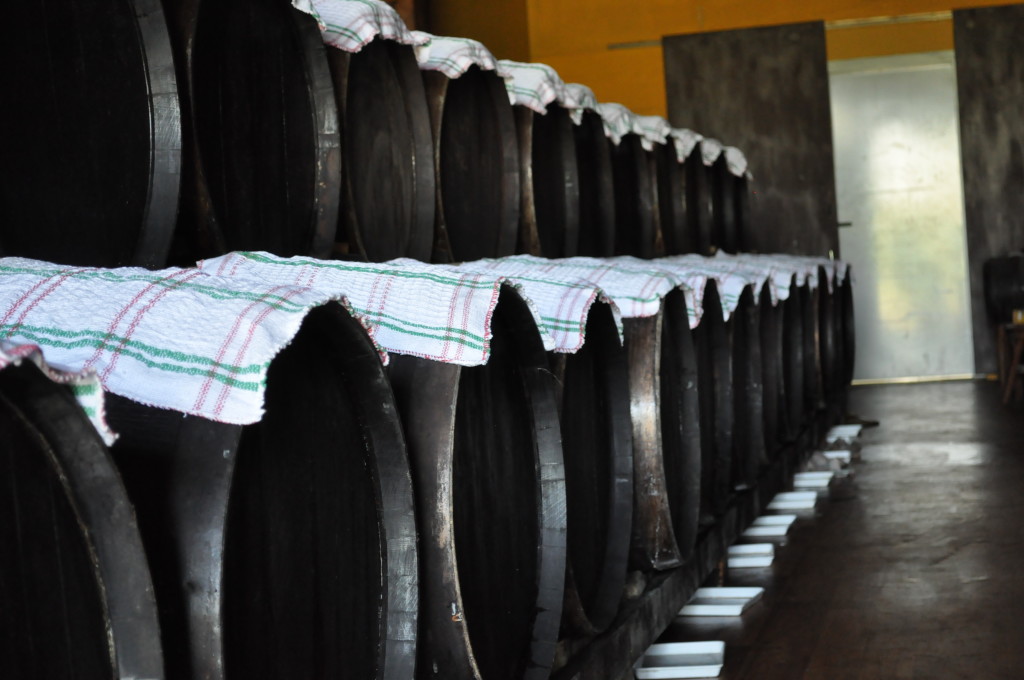 So, which are the “golden rules” to get an excellent Balsamic Vinegar?
So, which are the “golden rules” to get an excellent Balsamic Vinegar?
The answer was given in 1863 by Mr . Giusti in an official document:
1. the selection of the best local grapes
2. the quality of barrels
3. the aging time, before bottling
So, just this land with its grapes and humidity and the local people with their history and know-how could give birth to such a valuable product, pride for the whole country.
The visit to this acetaia has been such an experience: the sweet and pungent smell coming from these century-old barrels, and the final tasting of diffent varieties of Balsamic Vinegar. Especially the one century-old Balsamic Vinegar really impressed me: thinking that it originated at the beginning of ‘900, when my grandparents didn’t exist yet, and their parents were living in the paddy fields near Pavia, and I’m sure they had no idea what Balsamic Vinegar was… this made me feel so fortunate.

This post is also available in: Italian


